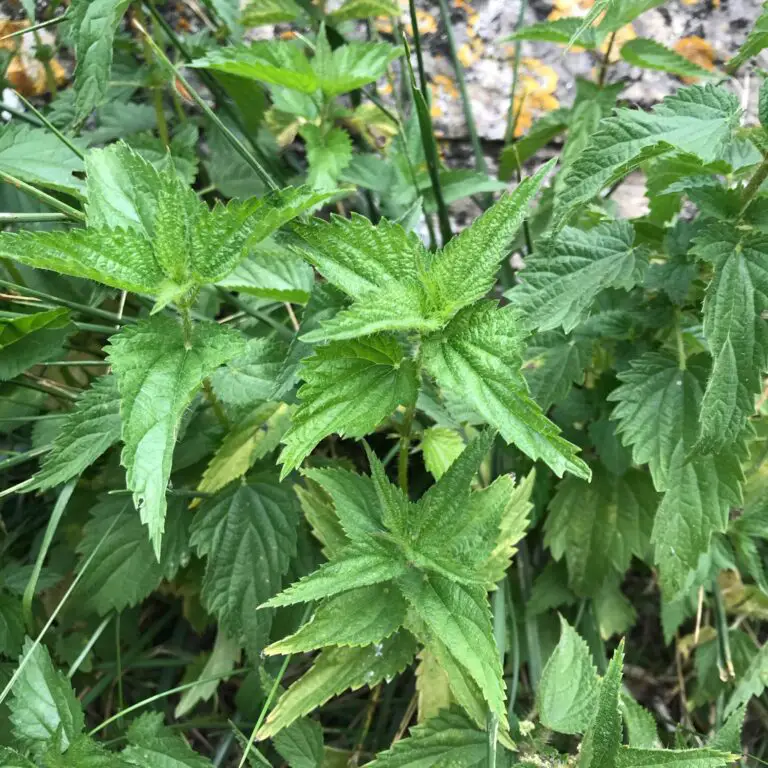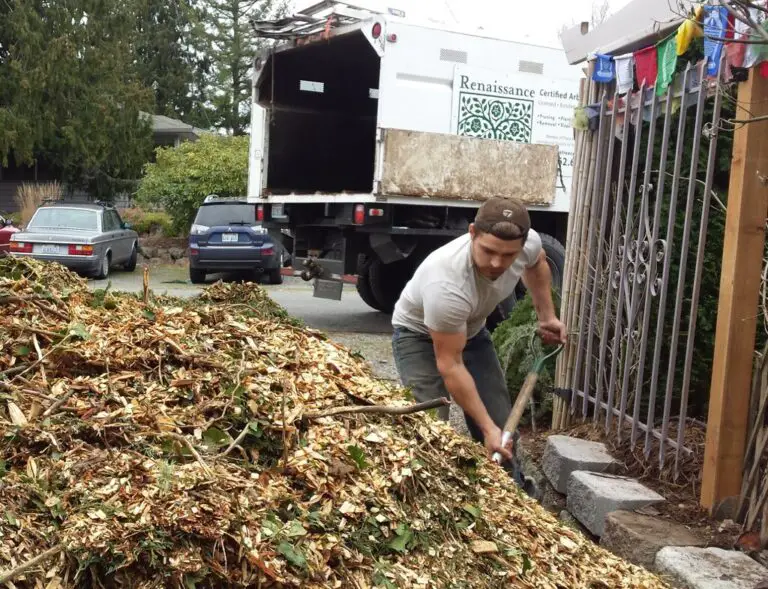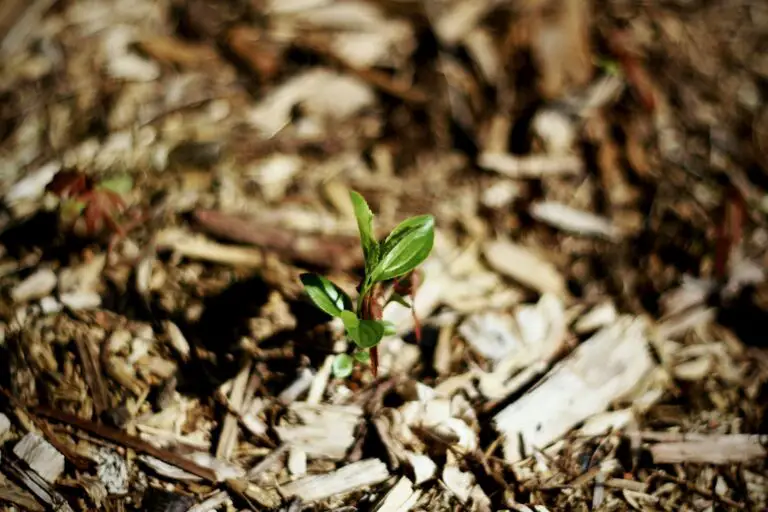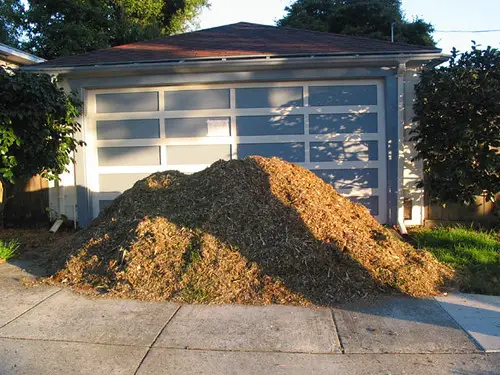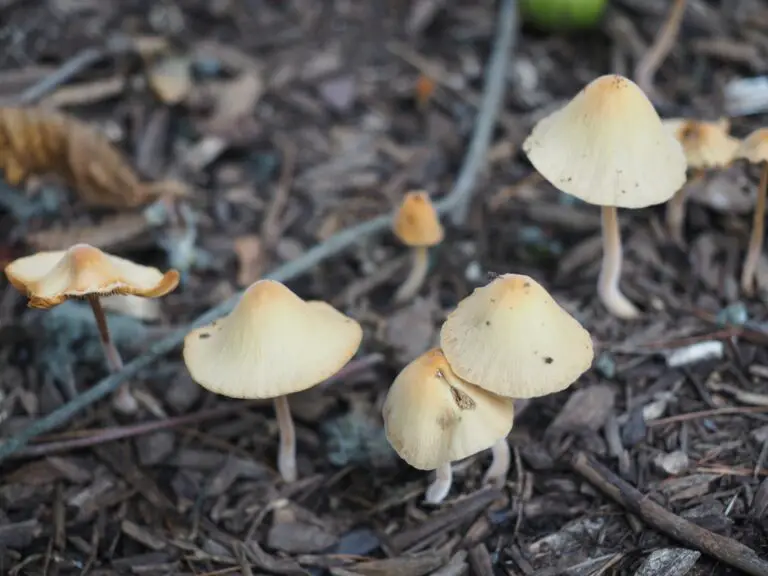Mulching Dos and Don’ts: Common Mistakes to Avoid
Gardening can be a labor of love, full of nuances and careful considerations to make before your plants can flourish. One often overlooked aspect that can have a profound impact on your garden is mulching. When done right, mulching can be a formidable ally in maintaining healthy soil and vibrant plants. Get it wrong, however, and you might just create a stifling environment that inhibits growth instead. Here’s a comprehensive guide to mulching mistakes you should steer clear of, ensuring your green spaces bloom to their fullest potential.
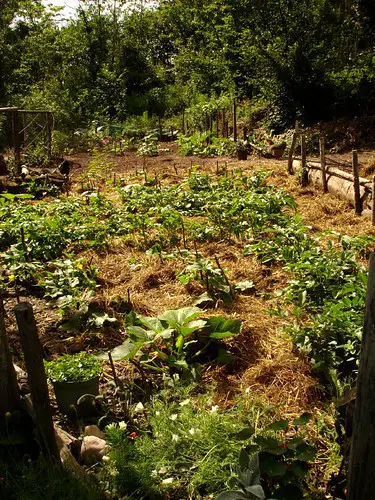
Mulching 101: The Basics
Mulch is a layer of material applied to the surface of the soil. It serves several key functions vital to a thriving garden. Mulching can:
- Conserve moisture: The layer of mulch prevents water from evaporating too quickly, helping to maintain a consistent level of moisture in the soil that’s crucial for plant health.
- Control weeds: By blocking sunlight and suppressing weed growth, a good mulch can save you hours of back-breaking labor.
- Moderate soil temperature: Protecting the soil from extreme temperatures, both cold and hot, helps to maintain a stable and favorable environment for roots.
- Enhance soil structure: Over time, organic mulches break down and add valuable organic matter to the soil, improving its structure and fertility.
With these benefits in mind, the importance of proper mulching practices cannot be overstated, especially as we head into the growing season. Whether you’re a seasoned gardener or just starting out, adjusting your mulching approach can lead to significant improvements in your garden’s health.
Mulching Dos: The Right Way to Mulch
Proper Timing is Everything
One of the most crucial elements of mulching is getting the timing right. It’s best to mulch after the soil has had a chance to warm up in the spring but before the warmer temperatures and longer days spur aggressive weed and pest germination. In the fall, mulch after the first killing frost to help insulate the soil and protect plants from extreme weather conditions.
Choose the Right Mulch
Selecting the right mulch can be as important as when you apply it. There are many types of mulches – organic and inorganic, and the decision of which to use depends on your specific gardening goals. Organic mulches like bark, wood chips, and straw improve soil conditions, while inorganic mulches like gravel are more permanent solutions and better for Xeriscaping. It’s imperative to know that chemical treatments used on mulches sometimes can cause harm to the plants.
Apply the Correct Thickness
Over-mulching is just as bad as not using enough. The general rule is to apply a 2- to 4-inch layer of mulch. Any less than 2 inches may not provide adequate benefits, such as weed suppression and moisture retention, while too much can lead to waterlogging and the smothering of plant roots. The exact depth will depend on the type of mulch and the area’s climate.
Mulching Don’ts: Mistakes That Can Ruin Your Garden
Too Much of a Good Thing
Over-mulching is a common mistake that new gardeners often make. They may think that if a little is good, a lot must be better. However, piling mulch too high against the stems or trunks of plants can lead to a variety of problems including root rot, stem rot, and even girdling roots, which occurs when the trunk or stem is encircled by mulch and the roots begin to grow upward, strangling the plant.
Keep mulch a few inches away from the base of plants, ensuring that it doesn’t come into contact with the stems or trunks. This small gap allows air to circulate, prevents rot, and discourages pests from finding a protected home.
Weed Control Neglect
Mulch can be a fantastic ally against weeds, but only if you maintain it properly. Over time, organic mulches will naturally decompose and mix with the soil, creating a perfect seed bed for unwanted plants. Regular checks and topping up your mulch as necessary will keep weeds at bay while helping your garden look its best.
The Material Matters
Choosing the right material is essential. Material can be a wrong choice not just when it comes to the plant’s health but also regarding your effort and the environment. For instance, using non-sustainable materials like rubber can lead to problems with water drainage and can also negatively impact the soil’s PH levels. Avoid using grass clippings from treated lawns, as the chemicals can leach into the soil and harm your plants.
The Benefits of Correct Mulching Practices
Proper mulching provides several significant advantages for your garden. Beyond the basic functions of moisture retention, weed suppression, and soil insulation, it can also enhance the visual appeal of your garden. Additionally, the organic matter that decomposes from the mulch can attract beneficial insects and microbial life that help maintain the overall health of your garden.
Case Studies on Successful Mulching
Local Botanical Garden’s Organic Shift
A local botanical garden recently switched to using only organic mulches. After noticing a significant reduction in water usage and healthier, more robust plants, their horticulturalists observed a decrease in overall maintenance time.
Community Garden’s Weed Reduction
A community garden employed a thoughtful mulching strategy that led to a sharp decline in weed growth, thereby minimizing the need for manual weeding. This, in turn, allowed the gardeners to tend to their crops more effectively, leading to better yield and quality.
University Research on Mulch Quality
A university’s horticulture department conducted extensive research on various mulch materials and their effects on plant health and soil quality. Their work highlighted the benefits of double-shredded hardwood mulch in particular, showcasing its ability to improve soil structure and support generally healthier plant growth.
In Conclusion
Mulching is a foundational practice in gardening that, when approached with care, can yield an array of benefits. By adhering to the dos and avoiding the don’ts discussed in this post, you can ensure that your garden is set up for success. Remember that proper mulching isn’t a one-time task but an ongoing, seasonal practice that adapts to the changing needs of your plant life. With a little extra attention to mulching techniques, you’ll be well on your way to a more vibrant and abundant garden.

